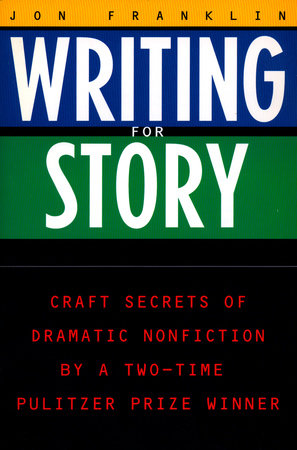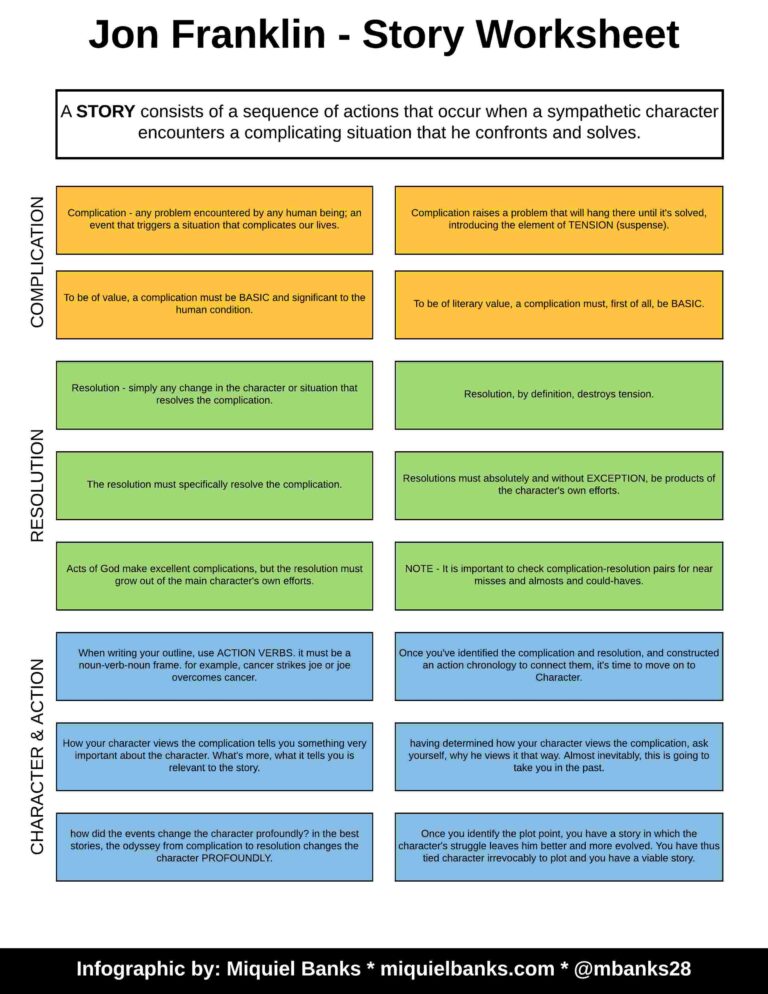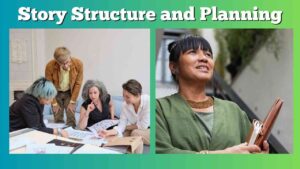Overview
Here’s the problem.
Writing is organization and project management.
And we can argue about whether it’s creative, but we can’t argue that the way it’s being taught is WRONG.
If it was right, then writing wouldn’t be a problem.
And it is.
A HUGE ONE!
Here’s the pain points I hear all the time.
Why does it take so long?
Why is it so hard for me?
Why does this cost me so much of my time?
Here’s the frustrations I hear all the time.
Why is my second act so weak?
Why is my blog so flat in the middle?
Why is my writing SO boring?
And all novice writers ask the same question.
How can I get better?
The Fake Solution
It’s NOT your fault.
Writing has three tiers of thinking and unfortunately, if you don’t work in the right tier, you’ll be confused.
But that doesn’t help you because without this information, your writing will ALWAYS be boring, hard, convoluted, flat, and confusing.
And that kind of writing doesn’t help you communicate.
So, let’s fix that little problem right now.
Your Situation
Are you tired of spending all night on one blog post and in the morning, you realize that you tried to cram 5 ideas into one?
Are you tired of writing blog posts that sound like cheap and plastered Christmas jingles?
Are you worried that when you FINALLY post your blog . . . no one will notice?
- Imagine a world where you crank out four blogs before breakfast?
- How about finishing one novel every year for ten years?
- How about finishing four screenplays in one year?
- How about blogging a book in six months?
Or the ideal fantasy.
Wake up, turn on the computer, and write a blog post in ten minutes and click PUBLISH!
Is that possible?
Absolutely!
Unfortunately, you have to learn a few principles and with this new info, I promise, the writing will get easier.
And better.
A Little History
I was just like you when I was younger.
I wanted to write something that would change the world and I would get worldwide accolades.
But that dream faded fast because I realized something early on.
Writing isn’t hard, it’s the PROCESS of writing.
And so I became a Tech Writer and soon learned how to do swimlanes and Process Maps.
I spent decades working on this skill and one day, I purchased a book that changed my life.

In his book, he explains the structure of a Short Story, but this architecture also applies to Blog Posts and any type of Short-Form Writing.
And by short-form, I mean writing that goes from one up to 30-something pages.
I’ll summarize his system into two parts (Story Structure and Storytelling).
Story Structure deals with the first part of writing, its elements and how a piece of writing looks.
Storytelling deals with how writing is revealed to the reader, how it FLOWS on the page.
First, you have to wrap your head around this before you move forward.
One approach is CRITICAL and the other is CREATIVE.
And you got five bonus points if you recognize that our brains have two parts – analytical and creative.
So remember, the first one is CRITICAL.
Story Structure is HOW a story is shaped and HOW writing works.
The other one is CREATIVE.
Storytelling is WHY a story affects readers and WHY it works.
The Problem
So here’s why you’re having problems writing.
Sometimes, writing requires analysis.
Sometimes it requires creativity.
You can’t analyze while creating and you can’t create while analyzing.
That’s it – that’s all you need to know about the LIFE of a Writer.
Now that you know the requirements for YOU, let’s focus on your new project.
You want to crank out Blog Posts, so let’s go through the exercise.
This won’t take long.
I’ll provide the steps first, then I’ll provide an infographic to help you move forward.
The Writing Process is a simple checklist of items:
Title and/or Headline
Problem
Potential
Persuasions and Pitfalls
Predicament
Power Move
Professional
Now armed with the steps, turn on your analytical brain and jot down several ideas, something you think will be PROFOUND to the reader.
Good.
Now turn on your creative brain and go through the steps, veering off on tangents as you see fit.
Good.
Now, turn on your analytical brain and look at what you have in front of you.
Where does this fit?
Where does THAT go?
Just like a puzzle, you shift the parts around until they start to make sense.
After they make sense to the analytical brain, then you go through with the emotional brain.
Oh I’m sorry, did you think there were only two brains?
This is where you strip everything down to its essence and find the primal POINT.
Good.
Now you wait.
And this is the hardest part for ALL writers.
No one wants to wait, everyone wants to release their writing NOW.
But trust me, until you’ve learned to POLISH quickly as an Editor, please wait.
After waiting a few days, you come back to your project and you TURN ON the analytical brain.
At this point, you’re working to ensure the project solves the primary PROBLEM and PAIN POINT (if it’s non-fiction).
We’ll deal with fiction in another blog post.
Now that wasn’t so hard, was it?
Conclusion








